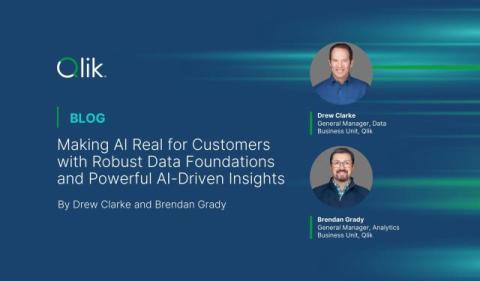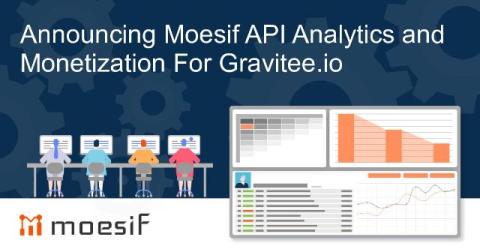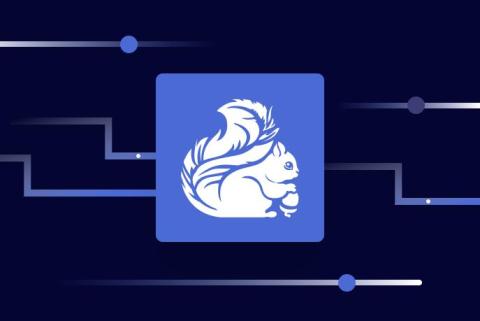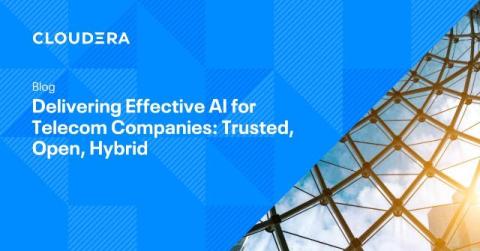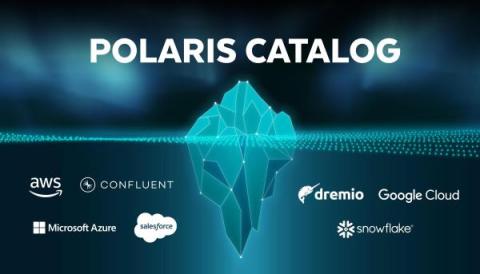Making AI Real for Customers with Robust Data Foundations and Powerful AI-Driven Insight
The rise of AI brings unprecedented opportunities, deeply rooted in the transformative power of data. As organizations strive for smarter, faster outcomes—whether accelerating product launches, streamlining supply chains, improving customer experiences, or enhancing workforce productivity—they must address five key needs for enterprise AI adoption: Move/ Transform - To effectively adopt AI, companies need to bring together and transform data of all types from all sources.


